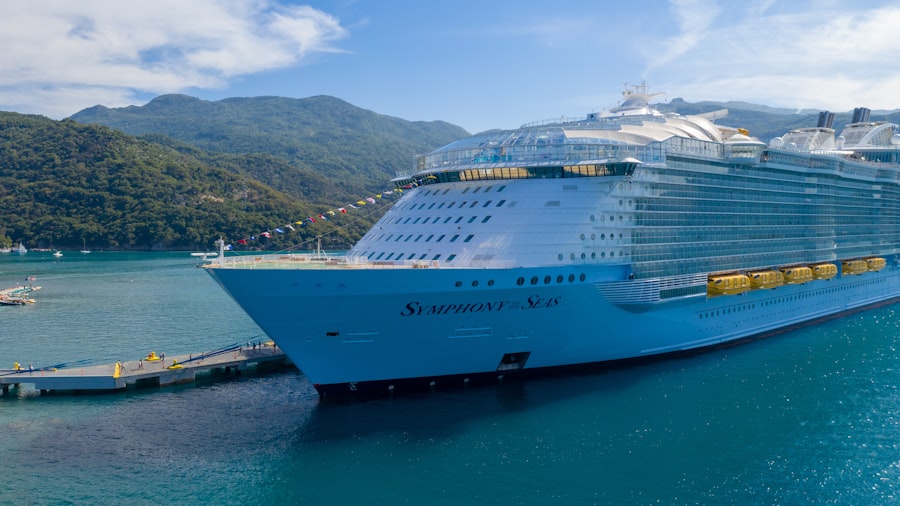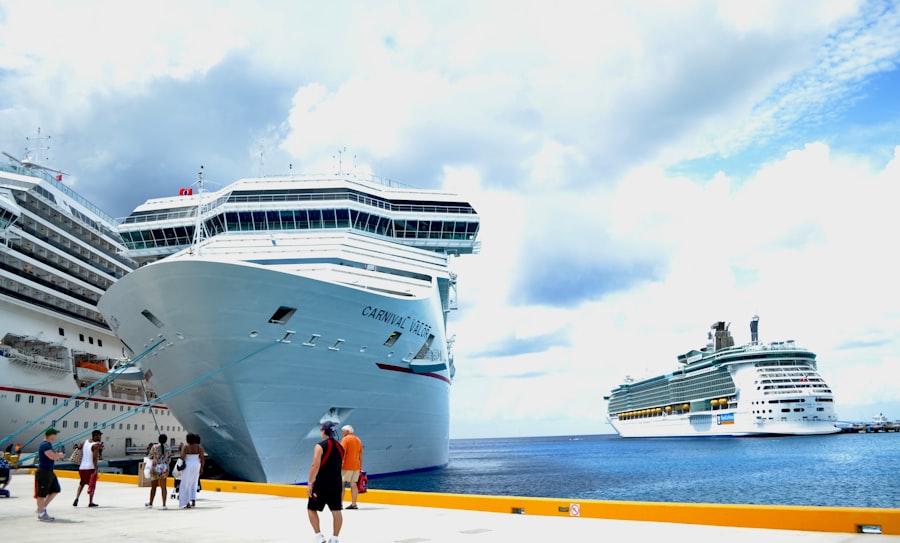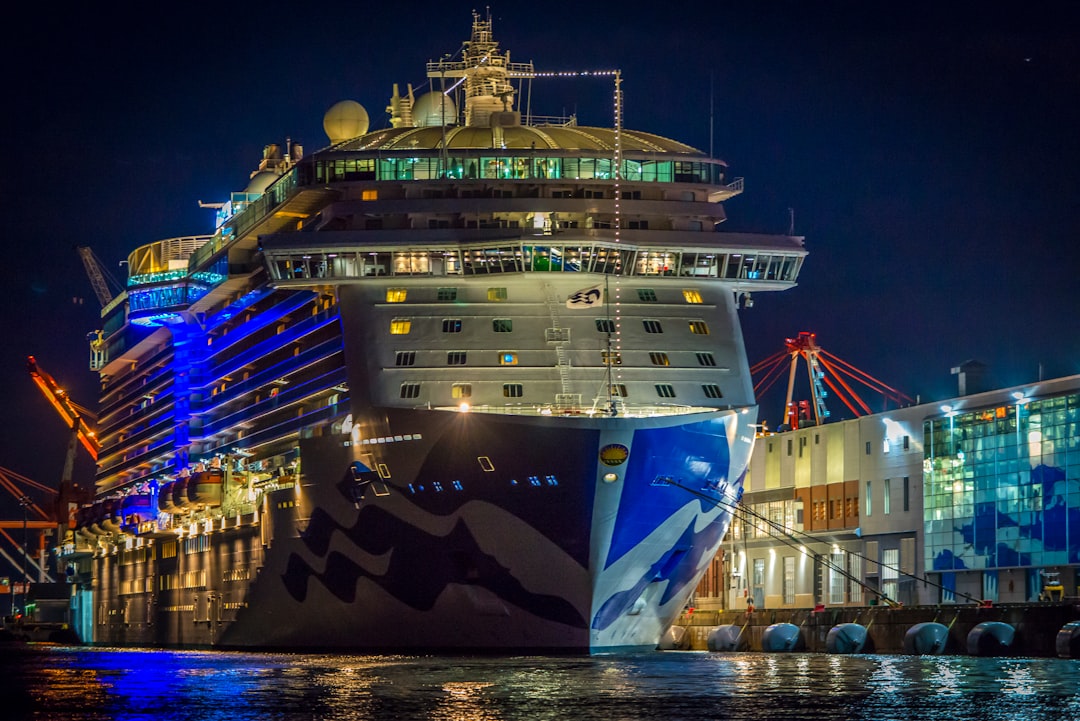The Drake Passage, a body of water that separates South America from Antarctica, is renowned for its tumultuous waters and breathtaking scenery. Stretching approximately 600 miles, this passage is often considered one of the most challenging maritime routes in the world. It is named after the English explorer Sir Francis Drake, who navigated these waters in the late 16th century.
The passage is not only a geographical marvel but also a vital ecological zone, serving as a conduit for the mixing of oceanic currents from the Atlantic and Pacific Oceans. This unique confluence creates a rich marine environment that supports a diverse array of wildlife. The weather in the Drake Passage can be notoriously unpredictable, with conditions ranging from calm to extremely rough within a matter of hours.
The region is characterized by strong winds and large waves, which can make navigation difficult. However, this unpredictability also contributes to the passage’s allure, as adventurers and nature enthusiasts are drawn to its raw beauty and the thrill of traversing such a formidable stretch of ocean. Understanding the dynamics of the Drake Passage is essential for anyone planning to embark on a journey through these waters, as it sets the stage for an unforgettable experience.
Key Takeaways
- The Drake Passage is a challenging stretch of water between South America and Antarctica known for its rough seas and strong winds.
- When preparing for a journey through the Drake Passage, it’s important to pack warm clothing, seasickness medication, and be mentally prepared for the possibility of rough seas.
- Choosing the right cruise ship for the journey involves considering factors such as the ship’s size, stability, and amenities to ensure a comfortable and safe experience.
- Safety measures on board include attending mandatory safety briefings, following crew instructions, and being aware of emergency procedures in case of rough seas or adverse weather conditions.
- Navigating rough seas in the Drake Passage requires a sturdy and well-equipped ship, experienced crew, and the use of stabilizers to minimize the impact of rough waves on passengers.
Preparing for the Journey
Preparation is key when embarking on a journey through the Drake Passage. Travelers should begin by researching the best times to visit, as weather conditions can significantly impact the experience. The summer months, from November to March, are generally considered the best time to cross, as they offer milder weather and calmer seas.
However, even during these months, it is crucial to be prepared for sudden changes in weather. Packing appropriate clothing, including waterproof gear and layers for warmth, is essential to ensure comfort throughout the journey. In addition to clothing, travelers should also consider their physical readiness for the trip.
The Drake Passage can be physically demanding, and participants should be in good health to fully enjoy the experience. Engaging in light exercise prior to departure can help acclimate the body to the rigors of travel. Furthermore, it is advisable to consult with a healthcare professional regarding any necessary vaccinations or medications, particularly for those who may be prone to motion sickness or other travel-related ailments.
Choosing the Right Cruise Ship

Selecting the right cruise ship is a critical aspect of planning a journey through the Drake Passage. Various cruise lines offer different experiences, ranging from luxurious vessels with extensive amenities to smaller expedition ships designed for adventure seekers. Travelers should consider their preferences and budget when making this decision.
Larger ships may provide more comfort and onboard entertainment, while smaller vessels often allow for closer encounters with wildlife and more intimate excursions. Additionally, it is important to research the cruise line’s reputation and safety record. Reading reviews from previous passengers can provide valuable insights into what to expect on board.
Some cruise lines also offer specialized itineraries that focus on specific interests, such as photography or wildlife observation. By carefully evaluating options and aligning them with personal interests, travelers can ensure that their experience in the Drake Passage is both enjoyable and memorable.
Safety Measures on Board
| Category | Metric |
|---|---|
| Life Jackets | Number of life jackets available |
| Fire Extinguishers | Number of fire extinguishers on board |
| Emergency Exits | Number of emergency exits |
| First Aid Kits | Number of first aid kits available |
Safety is paramount when navigating the unpredictable waters of the Drake Passage. Cruise lines implement various safety measures to protect passengers and crew alike. Before setting sail, travelers typically receive a comprehensive safety briefing that covers emergency procedures, evacuation routes, and the use of life jackets.
Familiarizing oneself with these protocols can instill confidence and peace of mind during the journey. Moreover, modern cruise ships are equipped with advanced technology designed to enhance safety at sea. This includes state-of-the-art navigation systems and weather monitoring tools that help captains make informed decisions regarding course adjustments in response to changing conditions.
Passengers are encouraged to stay informed about weather updates and follow crew instructions throughout the voyage to ensure their safety while enjoying the stunning vistas of the Drake Passage.
Navigating Rough Seas
For many travelers, crossing the Drake Passage is synonymous with navigating rough seas. The experience can be exhilarating yet daunting, as waves can reach heights of up to 30 feet during storms. Understanding how to cope with these conditions is essential for a successful journey.
Crew members are trained to handle rough seas and will provide guidance on how to remain safe and comfortable during turbulent moments. Passengers should be prepared for potential discomfort during rough seas. It is advisable to stay in designated areas of the ship and avoid moving around too much when conditions become choppy.
Utilizing handrails and wearing non-slip shoes can help prevent accidents on slippery surfaces.
Wildlife Spotting Opportunities

One of the most captivating aspects of traveling through the Drake Passage is the opportunity for wildlife spotting. The waters are teeming with marine life, including various species of whales, seals, and seabirds. Travelers may have the chance to witness majestic humpback whales breaching or playful dolphins riding the bow waves of the ship.
To maximize wildlife viewing opportunities, travelers should remain vigilant and keep their cameras ready at all times. Many cruise lines offer guided excursions focused on wildlife observation, providing expert insights into the behaviors and habitats of these fascinating creatures.
Engaging with knowledgeable naturalists on board can enhance the experience, as they share their expertise and help passengers identify different species encountered during the journey.
Onboard Activities and Entertainment
While traversing the Drake Passage can be an adventure in itself, cruise lines offer a variety of onboard activities and entertainment options to keep passengers engaged during their journey. From educational lectures led by experts in marine biology and geology to hands-on workshops focused on photography or painting, there are numerous opportunities for enrichment while at sea. In addition to educational pursuits, many cruise ships feature amenities such as lounges, bars, and dining options that encourage social interaction among passengers.
Evening entertainment may include live music performances or themed parties that celebrate the unique culture of Antarctica. These activities not only provide entertainment but also foster camaraderie among travelers who share a passion for exploration.
Tips for Dealing with Sea Sickness
For some travelers, sea sickness can be a significant concern when crossing the Drake Passage. The combination of rough seas and anxiety about potential discomfort can lead to feelings of unease. However, there are several strategies that individuals can employ to mitigate these effects.
First and foremost, it is advisable to choose a cabin located in the middle of the ship where motion is less pronounced. Over-the-counter medications such as antihistamines or ginger supplements can also be effective in preventing or alleviating symptoms of sea sickness. Additionally, staying hydrated and consuming light meals can help maintain comfort levels during rough patches at sea.
Engaging in relaxation techniques such as deep breathing or meditation may also prove beneficial in managing anxiety related to motion sickness.
Capturing the Beauty of the Passage
The visual splendor of the Drake Passage is nothing short of breathtaking, making it an ideal destination for photography enthusiasts. From dramatic sunsets casting vibrant hues across the water to icebergs glistening in the sunlight, there are countless opportunities to capture stunning images throughout the journey. Travelers are encouraged to bring high-quality cameras and lenses that can handle varying light conditions.
To enhance their photography skills while at sea, many cruise lines offer workshops led by professional photographers who provide tips on composition and technique specific to capturing marine landscapes and wildlife. These sessions can help travelers hone their skills while ensuring they return home with beautiful memories of their adventure through one of nature’s most awe-inspiring passages.
Historical Significance of the Drake Passage
The historical significance of the Drake Passage cannot be overstated. It has long been a critical route for explorers seeking to navigate between continents and discover new lands. Sir Francis Drake’s expeditions in the late 1500s paved the way for future exploration of Antarctica and contributed significantly to maritime history.
The passage has also played a role in scientific research, as it serves as a natural laboratory for studying ocean currents and climate change. In modern times, the Drake Passage continues to attract adventurers from around the globe who seek to follow in the footsteps of legendary explorers. Understanding this rich history adds depth to any journey through these waters, allowing travelers to appreciate not only the natural beauty but also the legacy left by those who dared to traverse this formidable passage.
Making the Most of Your Drake Passage Experience
To truly make the most of a journey through the Drake Passage, travelers should embrace every aspect of their experience—from preparation to exploration. Engaging with fellow passengers and crew members can lead to lasting friendships and shared memories that enhance the overall adventure. Taking part in onboard activities and excursions allows individuals to immerse themselves fully in their surroundings while learning about marine life and environmental conservation efforts.
Ultimately, approaching this journey with an open mind and a sense of adventure will yield unforgettable experiences that extend far beyond simply crossing a body of water. Whether it’s marveling at breathtaking landscapes or witnessing incredible wildlife encounters, each moment spent in the Drake Passage contributes to a rich tapestry of memories that will last a lifetime.
The Drake Passage is notorious for its turbulent waters, often presenting a formidable challenge to cruise ships navigating this route. Travelers embarking on a cruise through this passage can expect to encounter some of the most intense waves in the world, making for an adventurous journey. For those interested in learning more about the geographical and historical significance of the Drake Passage, as well as tips for cruising through these challenging waters, you can explore a related article on the topic by visiting
